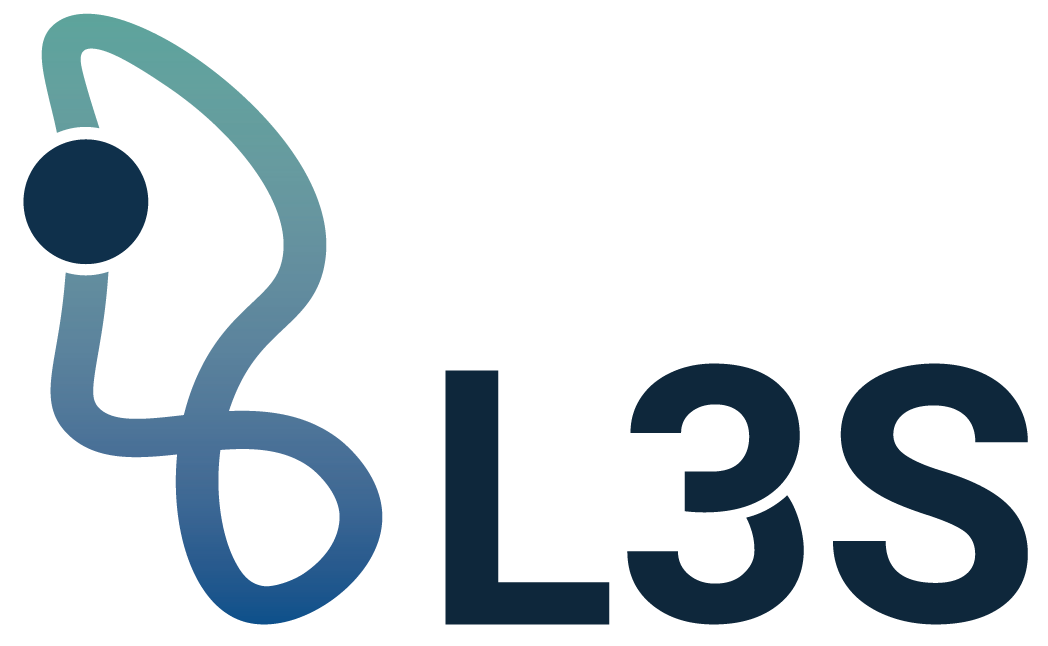|
so:text
|
Our own definition of childhood schizophrenia has been a clinical entity, occurring in childhood before the age of eleven years, which "reveals pathology in behavior at every level and in every area of integration or patterning within the functioning of the central nervous system, be it vegetative, motor, perceptual, intellectual, emotional, or social. Further more, this behavior pathology disturbs the patterns of every functioning field in a characteristic way. The pathology cannot therefore be thought of as a focal in the architecture of the central nervous system, but rather as striking at the substratum of integrative functioning or biologically patterned behavior" At present the only concept we have of this pathology is in terms of field forces in which temporal rather than spatial factors are emphasized. Within the concept of field forces, one can accept some idea of a focal disorder, since no one integrated function is ever completely lost or inhibited, and since there are different degrees of severity of disturbance in the life history of any child and between two different children. This also differs with the period of onset.
The diagnostic criteria for the 100 schizophrenic children which make up this study have been rigid. In each child it has been possible to demonstrate characteristic disturbances in every patterned functioning field of behavior. Every schizophrenic child reacts to the psychosis in a way determined by his own total personality including the infantile experiences and the level of maturation of the personality. This reaction is usually a neurotic one determined by the anxiety stirred up by the disturbing phenomena in the vaso-vegetative, motility, perceptual, and psychological fields. Interferences in normal developmental patterns and regressive phenomena with resulting primitive reactions are related to both the essential psychosis and the reaction of the anxiety-ridden personality.
There are, of course, children in whom the differential diagnosis is very difficult. Those with some form of diffuse encephalopathy or diffuse developmental deviations in which the normally strong urges for normal development push the child into frustration and reactive anxiety may present many schizophrenic features in the motility disturbances, intellectual interferences, and psychological reactions. (en) |

